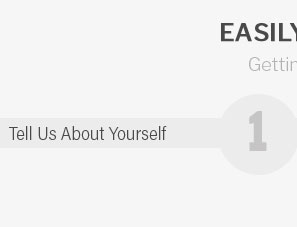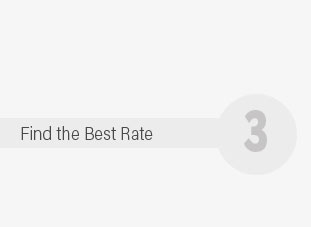 |
 |
 |
|---|
 |
 |
 |
 |
|---|
 |
 |
 |
 |
 |
 |
|---|

Understanding Personal Life Insurance: A Comprehensive GuidePersonal life insurance is a crucial aspect of financial planning, providing security and peace of mind. This guide explores the different types of personal life insurance, their benefits, and how they can fit into your financial strategy. Types of Personal Life InsuranceThere are several types of personal life insurance policies, each designed to meet different needs and circumstances. Term Life InsuranceTerm life insurance is a popular choice for individuals seeking affordable coverage. It provides a death benefit for a specific period, typically 10, 20, or 30 years. It's a great option for those who want coverage during key financial responsibilities such as a mortgage or children's education. For more information on how to secure competitive rates, you can explore instant term life insurance rates. Whole Life InsuranceWhole life insurance offers lifelong coverage with a savings component known as the cash value. This policy is suitable for those who want a stable investment and a guaranteed death benefit. Universal Life InsuranceUniversal life insurance provides flexibility in premium payments and death benefits, allowing policyholders to adjust their coverage as their financial needs change. Benefits of Personal Life InsurancePersonal life insurance offers numerous benefits that can enhance financial security.
For those interested in comprehensive coverage that includes life, health, and disability, consider exploring life health and disability insurance options. Choosing the Right Policy
Frequently Asked QuestionsWhat is the difference between term and whole life insurance?Term life insurance provides coverage for a specific period, while whole life insurance offers lifelong coverage with a savings component. Can I convert my term life insurance to whole life?Yes, many insurers offer the option to convert term policies to whole life without a medical exam, typically within a specified period. How much life insurance do I need?The amount depends on your financial obligations, income, and future goals. A common rule is to have coverage equal to 10-15 times your annual income. https://www.prudential.com/personal/life-insurance/find-life-insurance-policy
Please consult with your tax and legal advisors regarding your personal circumstances. In providing this information, neither Prudential nor any of its ... https://www.johnhancock.com/life-insurance.html
Talk with an insurance professional to discover the right life insurance plans and quotes for your coverage needs. https://www.northwesternmutual.com/life-insurance/
Do Not Sell or Share My Personal Information. Download our app for ...
|
|---|